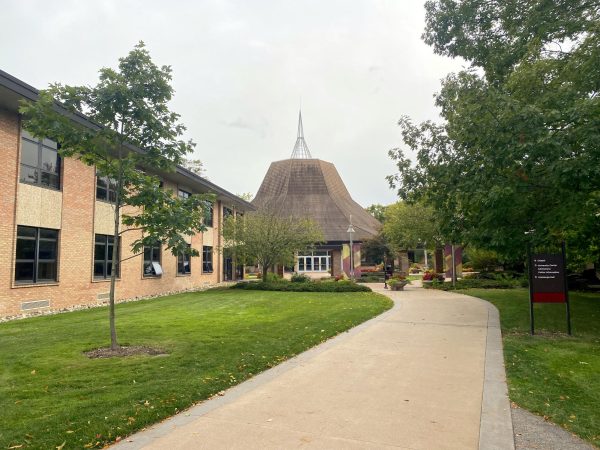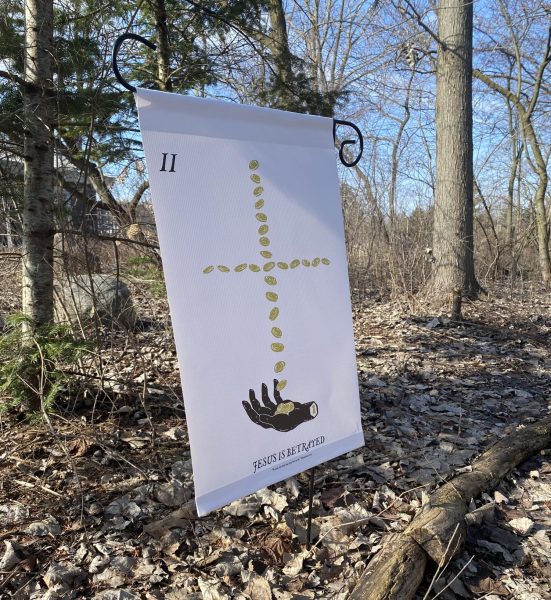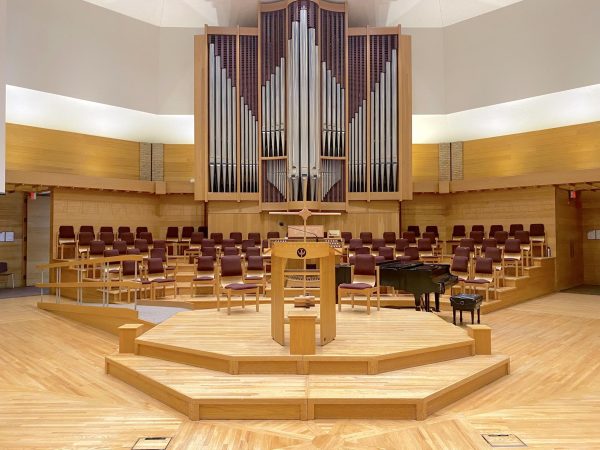“The Witch” explores boundaries of Christianity and horror genre
“The Witch,” directed by Robert Eggers was first released in January at the 2015 Sundance Film Festival where it won the Directing Award, and was later released in cinemas in February. Over the past month “The Witch” has been making the rounds through film critic circles with raving reviews, marking a successful but terrifying debut to Eggers’ directing career.
Set around the year 1630 in New England, the film is centered on a Puritan Christian family who has been exiled from their plantation. In the opening scene the father (William) of the family is charged with “prideful conceit” before the town council. Although William claims only to have attended to “the pure and faithful dispensation of the Gospels,” the family is banished from the village. William then leaves with his family to the outskirts of the frontier to start a new life isolated in the wilderness. Soon after their relocation William and the family begin experiencing inexplicable and terrifying things, people disappear, blood is shed, and the talk of witches ensues.
In accordance to its historical setting the film incorporates many themes of spirituality, sin and the devil. Scripture is recited in a number of scenes often in opposition to the imagery of demons and darkness. Nathaniel Smith, a film writer characterizes “The Witch” with “a strong religious undercurrent that plays out like a version of Job, except with even fewer answers.” Anthony Lane, a film critic with the New Yorker, also made a biblical reference saying that “this is a scary movie and a serious one, because it lures us into the minds, and the earthly domains, of those who are themselves scared, night and day, that they have forfeited the mercies of God. It takes an original movie to remind us of original sin.”
The cerebral struggle throughout the film between religious belief and the accompanying spiritual fright is presented in an abnormally gritty and jarring fashion. Lane points this out in his review, that “Time and again, Eggers adds hints of the Biblical, to thicken the air of piety that these people breathe.”
However, the film has reignited the long standing question whether or not Christians should watch horror films. In Augustinian fashion, Smith suggests that “Religious art has a long history of using darkness to make the light seem brighter, possibly taking its cue from the Bible as it does so,” referencing Michelangelo’s depiction of hell on the Sistine Chapel and Dante’s “Inferno” as examples.
Smith and Lane both presented interpretations of the film as a dialogue with the current religious Christian climate in the Western world. On this Lane says, “One gradual effect of the Enlightenment was to tamp down the fires of Hell and sweep away the ashes, allowing us to bask in the rational coolness that ensued. But the loss—to the dramatic imagination, at any rate—has been immense.” Smith similarly adds, “I wonder, however, if such an aversion to darkness in art is a recent development and part of a modern squeamishness that results in a detachment from spiritual warfare. In our relatively comfortable existences, confronting darkness is unpleasant and, we feel, unnecessary.”
While horror films and the larger issue of the Church’s relation to the secular world remains open to discussion, Eggers has contributed his own take with a disturbing horror film that engages with spiritual matters readily present in the 17th century that have remained as numinous echoes in the Christian life of the 21st century.












